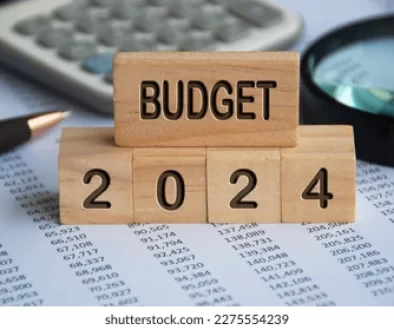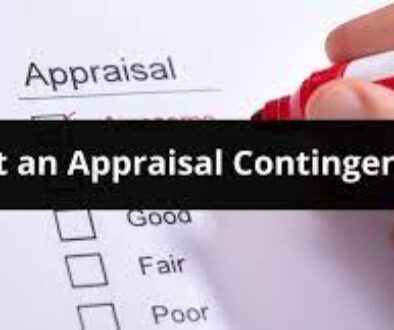Principal payments
After a financial windfall, such as a pay raise, inheritance money or a generous tax return, your thoughts may wander toward your mortgage, specifically how to pay it down faster. One option is to make additional principal-only payments on your home loan. But you’ll need more than extra money and a desire to pay off your mortgage faster. You’ll also need to ensure that your lender allows you to make additional payments. If they do, tacking on extra payments can help with interest and shorten a mortgage’s lifespan. Let’s explore whether this method is right for you.
What Is A Principal-Only Payment?
A principal-only mortgage payment, also known as an additional principal payment, is a supplementary payment applied directly to your mortgage loan principal amount. It exceeds the scheduled monthly amount, possibly saving you on interest and helping you to pay off your mortgage early.
You may need to notify your lender if you want to apply extra funds toward your principal, not mortgage interest.
How Can Making Additional Principal Payments Help?
Your mortgage loan payment covers taxes and insurance and gets divided between two costs: mortgage principal and interests. Once you begin making mortgage payments, you initiate the amortization process. You can review your mortgage amortization schedule to see how much of your monthly payment goes toward the principal and the interest.
During the first few years of mortgage repayment, most of the money goes to interest. Since interest is based on the principal amount, with a fixed rate mortgage, reducing your principal balance ahead of schedule will reduce the amount of money you’ll pay in interest before it can accrue.
Do Large Principal-Only Payments Reduce Monthly Payments?
No matter how many principal-only payments you make on a fixed-rate mortgage, your monthly payment stays the same unless you recast your mortgage. You’ll end up making fewer total payments and paying off your mortgage faster. Because you’ll pay less interest, you’ll save money in interest over the life of the loan.
That said, if you want to trade your end-of-the-year bonus for lower monthly payments, consider recasting your mortgage. Check the fine print in your loan terms, but typically you’ll pay a minimum lump sum of $5,000 to qualify for a recasting and pay a small servicing fee. The lender will recalculate your monthly payments based on your new principal balance and the remaining loan term. Because your interest rate stays the same, your monthly payments are lower.
How To Make A Principal-Only Mortgage Payment
Consider budgeting extra money to make an additional principal payment(s) toward your principal balance. You have several approaches to consider.
One approach is to make frequent payments. Another approach is to save up to make one large annual payment. You can also pay more on each monthly instalment, which can help you avoid certain fees. Lastly, you can wait until you’re the lucky recipient of a financial windfall, such as a gift of money or an inheritance.
Pros And Cons Of Additional Principal-Only Payments
Now that you know the basics, consider the following benefits and drawbacks of additional principal payments:
Pros
- Save on interest: Borrowers can save money on interest by paying more than they owe every month.
- Shorten your loan term: Paying down your balance shortens your loan term and pays off your mortgage early.
- Supports your financial goals: Paying off your mortgage earlier allows you to use that money for other financial goals.
Cons
- Prepayment penalties: Your lender may charge a prepayment penalty if you try to pay your loan off early. Rocket Mortgage charges no prepayment penalties.
- Less funds: Making extra payments means you don’t have money to use for other financial goals, like building an emergency fund or investing.
Alternatives To Making Extra Principal-Only Payments
There are some alternatives to making additional principal payments. Consider the following:
Biweekly Mortgage Payments
Biweekly mortgage payments can give a homeowner an extra full monthly payment per year. This method will reduce accumulating interest and shorten your loan term by years.
Refinancing
Refinance a longer-term mortgage, such as a 30-year fixed-rate loan, into a shorter-term mortgage, such as a 15 years loan. A shorter term can help you pay down your loan sooner. Your lender may lower your interest rate, which can reduce your monthly mortgage instalment and help you pay down your principal faster.
FAQs About Principal-Only Mortgage Payments
Let’s explore some additional questions you may have about principal-only mortgage payments and whether it’s the right mortgage repayment strategy for you.
Is it better to pay the principal or interest on a mortgage?
Paying more toward your principal can reduce the interest you’ll pay over time. Because every payment that goes toward the principal builds equity in your home, you can build equity faster with additional principal-only payments.
Do principal-only payments lower monthly payments?
Principal-only payments don’t lower your monthly mortgage payments. To reduce your monthly mortgage payment, you must recast, refinance or employ other tactics to lower your mortgage payment.
Are there states that don’t allow principal-only payments?
While all states allow principal-only payments on mortgages, all lenders may not. Talk to your lender about making additional payments toward your principal. principal-only payments.




